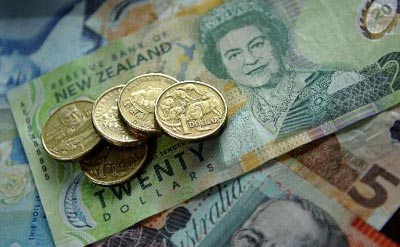Core machine orders in Japan declined 1.4 percent on month in May, the Cabinet Office said on Monday – standing at 785.0 billion yen.
The headline figure missed forecasts for an increase of 3.2 percent following the 11.0 percent tumble in April.
On a yearly basis, core machine orders plummeted 11.7 percent – also missing forecasts for a decline of 8.7 percent following the 8.2 percent drop in the previous month.
The total number of machinery orders, including those volatile ones for ships and from electric power companies, fell 1.8 percent on month and 7.9 percent on year to 931.0 billion yen.
Manufacturing orders dropped 6.4 percent on month and 21.5 percent on year to 311.5 billion yen in May, while non-manufacturing orders shed 0.3 percent on month and 2.5 percent on year to 473.8 billion yen.
Government orders dropped 7.6 percent on month and 11.5 percent on year to 213.1 billion yen. Orders from overseas fell 14.8 percent on month and 20.8 percent on year to 740.7 billion yen. Orders from agencies dipped 7.3 percent on month but climbed 8.9 percent on year to 101.6 billion yen.
For the second quarter of 2016, core machine orders are forecast to have fallen 3.5 percent on quarter and 6.4 percent on year.
Also on Monday, the Bank of Japan said that the M2 money stock in Japan was up 3.4 percent on year in June, coming in at 940.6 trillion yen.
That matched forecasts and was unchanged from the May reading.
The M3 money stock added 2.8 percent on year to 1,260.5 trillion yen – also in line with expectations and unchanged from the previous month.
The L money stock added 1.9 percent to 1,643.5 trillion yen, slowing from 2.3 percent a month earlier.
For the second quarter of 2016, M2 added 3.4 percent on year and M3 gained 2.9 percent, while L advanced 2.3 percent.
by RTT Staff Writer
For comments and feedback: editorial@rttnews.com
Economic News
What parts of the world are seeing the best (and worst) economic performances lately? Click here to check out our Econ Scorecard and find out! See up-to-the-moment rankings for the best and worst performers in GDP, unemployment rate, inflation and much more.





